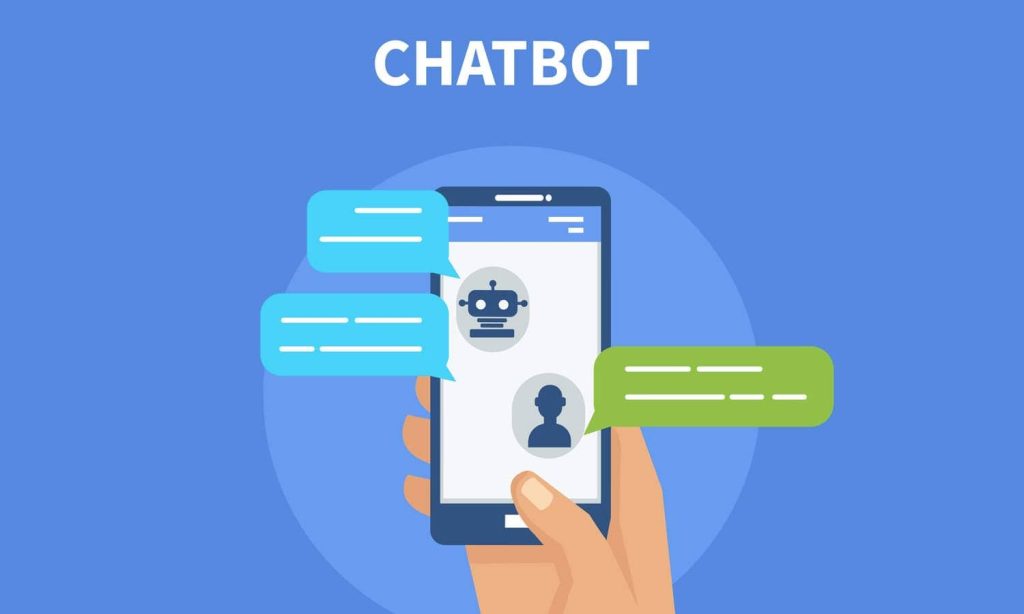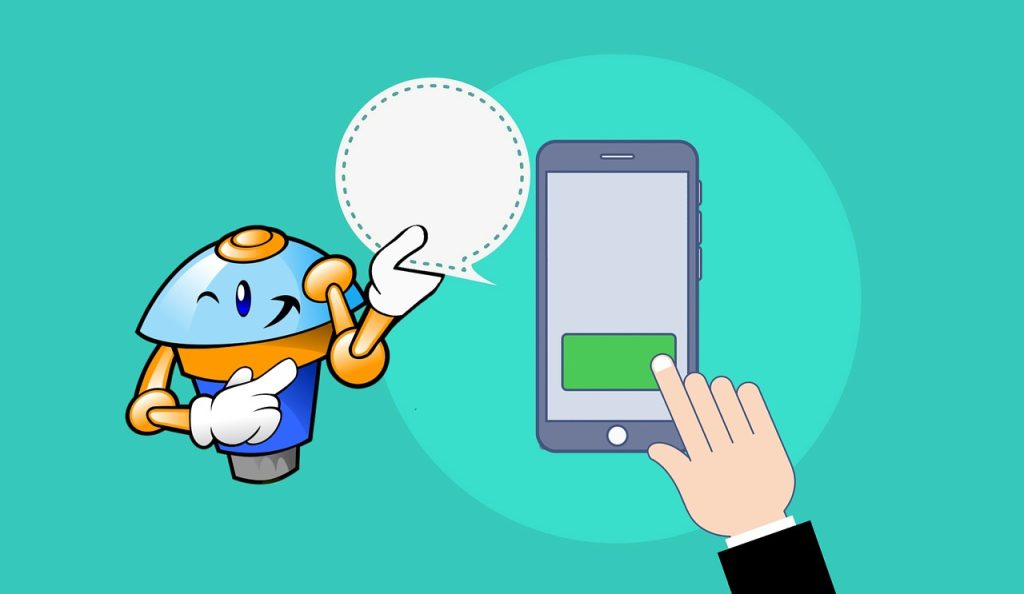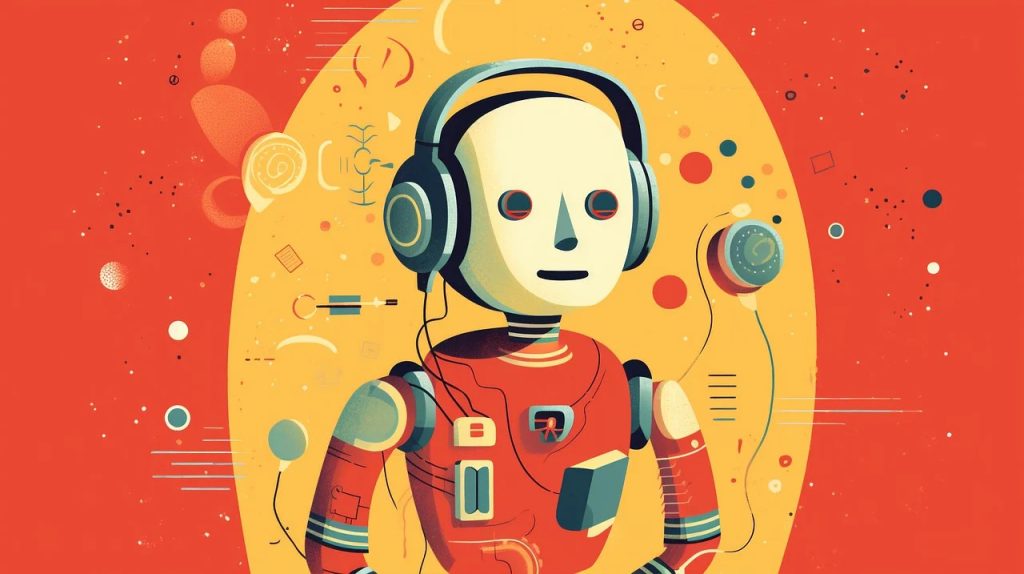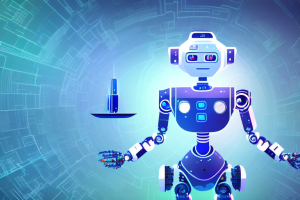AI enthusiasts frequently refer to chatbots and conversational AI as two separate concepts with distinct features and characteristics. Although their names seem interchangeable, each refers to distinct concepts.
AI chatbots and conversations with AI are revolutionizing how we engage with technology. They’ve become part of daily life, aiding with tasks and queries while offering personalized suggestions based on data input from us all. In this session we’ll investigate various concepts to understand their specificities better.
What is an AI Chatbot?
AI chatbots are computer programs created to simulate conversation between humans. They use natural language processing (NLP) and machine learning algorithms to understand user queries and respond accordingly, and may be implemented across platforms including websites, messaging applications or voice assistants.

Imagine visiting a website and being welcomed by a friendly chatbot that asks how it can assist. This chatbot could understand your queries, provide relevant information, and even guide you through its features – this may include simple tasks like checking product availability or booking tables at restaurants.
AI chatbots stand out as being adept at understanding context and managing conversations efficiently, responding appropriately and handling follow-up questions effectively. Some even possess the capacity to learn over time through user interactions and feedback to fine-tune responses over time.
Imagine you’re speaking to a customer support chatbot: initially it may respond with generic responses based on predefined sets of answers; as more users interact and provide feedback, AI chatbots become smarter in responding with tailored, accurate replies over time – making AI chatbots increasingly effective at supporting users.
What is Conversational AI?
Conversational AI refers to any technology which allows machines to have human-like conversations with users; in other words, such as chatbots. Conversational AI systems have been specifically created so as to understand natural language inputs just like human conversation would do and respond appropriately based on this understanding and responsiveness.
At first, chatbots were limited to responding with simple rule-based responses; but with advancements in artificial intelligence (AI) and machine learning capabilities, conversational AI systems have since evolved significantly – now understanding human language nuances more fluently as well as emotions detected and engaging in meaningful dialog.
Conversational AI Features
Conversational AI employs various techniques such as natural language understanding (NLU), generation and dialog management systems to process user queries while engaging meaningful, context-aware dialogues that take into account complex requests or context switches as well as provide recommendations or provide other forms of support or suggestions for complex requests or context switches. These systems not only understand what users ask but are capable of holding meaningful and contextually aware dialogues – they even manage complex requests, context switches or provide recommendations or provide suggestions!
Imagine having a virtual assistant that understands and recalls all your preferences, remembers past interactions, anticipates your needs, and anticipates when planning trips or vacations – such as AI systems capable of finding flight deals that suit you, hotel options that match up perfectly, tourist sites worth seeing while making interactions more natural and personalized! For example when making travel arrangements an AI assistant can assist in finding suitable flight deals, hotel options that align perfectly with preferences as well as tourist spots to visit – as well as making interactions more natural and personalized overall.
Conversational AI has found widespread application across industries including customer service, healthcare, e-commerce and entertainment. This innovation has revolutionized how businesses engage with their customers by providing efficient yet tailored support 24/7/365.
As was stated above, AI chatbots and conversational AI systems have transformed our relationship to technology. From basic question answering systems to virtual assistants that understand human language – AI chatbots have come a long way over time; making way for even more humanized conversational AI systems in future generations.

Key Differences Between AI Chatbots and Conversational AI
Though AI chatbots and conversational AI systems both feature conversational user interfaces, each has distinctive qualities that set it apart – including their interaction style, learning capabilities, task complexity they can successfully complete successfully and impact across industries.
Interaction Style
AI chatbots typically possess more formalized interactions. These intelligent bots tend to follow predetermined conversational flows and respond based on set rules or knowledge bases compiled into an artificial intelligence (AI). Their purpose is typically focused on efficiently handling specific tasks within specific domains or providing pertinent information within these boundaries.
AI chatbots in customer service industries may assist customers by tracking orders, answering frequent queries or offering basic troubleshooting steps. A predefined script ensures consistent and accurate responses from its responses.
Conversational AI systems feature more fluid and open-ended interactions. They can recognize natural language inputs, understand ambiguous queries, and engage in free-flowing dialogues – providing users with an engaging user experience and more personalized interactions than conventional systems could ever accomplish.
Imagine a conversational AI system acting as your virtual assistant; one capable of understanding and responding to complex requests such as booking flights or making restaurant reservations or providing personalized recommendations based on user preferences. Furthermore, such an assistant would adapt its responses based on context for an engaging, more interactive conversation experience.

Learning Capabilities
AI chatbots can be trained to learn from user interactions and gradually optimize their responses over time. By employing machine learning algorithms they can analyze feedback from their users, identify patterns in user comments, and adjust their knowledge base appropriately – but their learning capabilities often limited by domains or tasks.
An intelligent chatbot designed specifically for banking institutions could use customer interactions as learning opportunities in order to better comprehend and respond to frequent banking inquires from its customer base. By tracking trends in customer queries and continuously adapting responses accordingly, this intelligent system could deliver more precise assistance that fits customer needs more accurately than before.
Conversational AI systems possess more sophisticated learning abilities. They can adapt their behavior and response accordingly as users modify preferences or context. Furthermore, conversational AI uses deep learning algorithms for improved language understanding, more natural responses, and personalized recommendations.
Consider a conversational AI system used in healthcare; this type of AI can learn from conversations between patients, assess symptoms accurately, provide accurate advice or prescribe treatments; all while updating its knowledge base based on recent medical research and patient outcomes to guarantee top level of care.
Complexity of Tasks
AI chatbots typically perform specific tasks or provide information within a predefined domain. While AI chatbots excel at automating routine tasks and answering frequently asked questions quickly and providing simple recommendations, they may struggle with more complex queries that require deeper context understanding or purpose understanding.
An example would be in the e-commerce sector: Chatbots can assist customers in finding products, checking availability, or providing basic product info. While they can handle most common inquiries effectively, complex inquiries that require subjective decisions might still pose challenges to its performance.
On the other hand, developers specifically tailor conversational AI systems for more intricate and dynamic tasks. These systems can understand complex queries, reason over multiple pieces of data simultaneously, and perform sophisticated actions. Additionally, they integrate with external systems or databases and offer comprehensive solutions to user requests.
Imagine an AI system developed specifically to assist lawyers in legal decision-making: one capable of reading legal documents, researching case laws, providing tailored legal advice tailored to specific situations and understanding all nuances of legal language – helping lawyers make better choices while aiding decision makers! Such an artificially intelligent assistant might serve lawyers well by being part of their decision-making processes and supporting decision making with its help.
Advantages and Disadvantages of AI Chatbots
AI chatbots have quickly gained prominence across industries due to their ability to automate customer interactions and offer instant responses, but as with all technologies they come with both pros and cons.
Pros of Utilizing AI Chatbots
- AI Chatbot can handle customer inquiries and requests 24/7, offering instantaneous assistance even during non-business hours.
- Cost-Effective: Chatbots offer cost-cutting benefits by simultaneously handling large volumes of inquires at once, eliminating human customer support agents while cutting operational expenses.
- Consistency: Bots provide accurate information that ensures users get consistent service levels across platforms.
Cons of Using AI Chatbots
- Limitations in Understanding and Empathy: Chatbots may struggle with understanding complex queries or situations beyond their predefined knowledge base, while lacking empathy like human agents would.
- Language Limitations: Chatbots may experience difficulties understanding or responding to colloquial speech patterns such as slang or regional variation.
Advantages and Disadvantages of Conversational AI
Conversational AI technology has revolutionized how humans and machines communicate, and has enabled greater human-machine conversations machines than ever previously. However, it is crucial to evaluate the advantages and drawbacks of these conversations before incorporating them into our daily lives.
Pros of Using Conversational AI
- Natural speech recognition: Conversational AI systems are able to recognize and process natural language inputs. This provides an intuitive and comfortable experience.
- Contextual consciousness: Such technologies keep track of context during conversations, which makes them able of dealing with the more difficult questions and provide specific answers.
- Task automation: AI-powered conversational technology automates a wide range of tasks, reducing the need for manual interventions and streamlining processes.
Cons of Using Conversational AI
- The technical complexity of implementing and maintaining conversational AI systems might require experience in natural machine learning, language processing and system integration.
- Privacy concerns regarding data: Conversational AI systems typically involve collecting and processing data from users which raises concerns over the privacy and security of personal data.
- Dependence on connectivity Conversational AI systems largely depend on connectivity to the internet, which could be a problem in some areas or environments with weak connectivity.
Use Cases: AI Chatbots vs Conversational AI
Both AI chatbots and the conversational AI technologies have specific applications where they could help.
AI Chatbots in Customer Service
AI chatbots are an increasingly popular option in customer support applications specifically in fields which have high volume of queries from customers. Chatbots can answer common questions and provide immediate responses and even escalate complicated problems to human representatives when needed. Chatbots can also integrate with the customer relations management (CRM) software to get customer information, and offer personalized support. They are able to save the time of both customers and companies, providing efficient and constant service.
Conversational AI in Healthcare
Healthcare professionals have increasingly adopted the use of conversational AI to support a range of uses. Conversational AI creates virtual health assistants that offer personalized health advice, symptom triage, and medical guidance. They can mimic the conversations of patients, give details about treatments and diseases and aid in the process of medication manage
In addition, the conversational AI system integrates seamlessly into electronic health record (EHR) systems, allowing easy access to patients’ records and facilitating the clinical decision-making process. Healthcare professionals can use it to assist in locating relevant information about patients as well as conducting initial assessments and enhancing the efficacy of healthcare.
To sum up, AI chatbots and conversational AI are two different concepts that each have their distinct characteristics and uses. Although AI chatbots are able to perform specific jobs and have pre-defined flow patterns while conversational AI platforms provide the more human and flexible conversations. Both have advantages as well as disadvantages. Their applications span a variety of fields. Knowing the distinctions between AI chatbots and conversational AI helps companies take an informed decision about the right option for their particular demands and needs.



